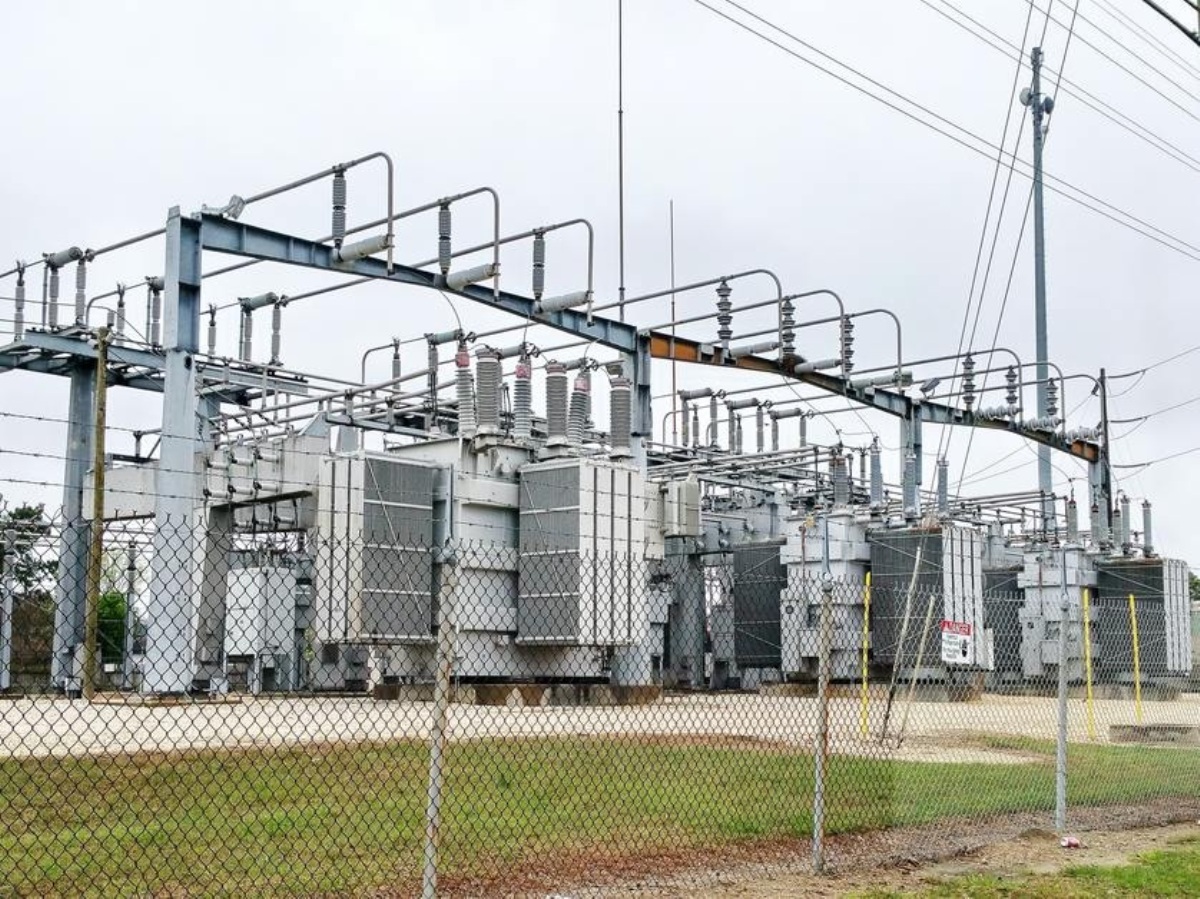
The global market for rheumatoid arthritis treatments is expected to grow at a CAGR of...
Learn More
Our consulting solutions address company specific challenges with respect to micro environment...
Learn More
Organizations frequently need day-today research guidancein order to gain strategic...
Learn More
Exploring different areas of market research and market analysis is a key factor...
Learn MoreAcute Market Reports presents the most extensive global business research services across industries. Our research studies focus on potential outcomes, benefits, and risks associated with each market segment across geographies. Having served our global clients for more than 10 years, our prime priority is to enable our clients in making well-informed business decisions through a data-driven, analytical, and uncomplicated research approach.
We provide access to the world's most comprehensive, analytical, and updated business intelligence services and solutions.




The industrial distribution substation market is expected to grow at a CAGR of 5.1% during the forecast period of 2025 to 2033. Industrial distribution substation market plays a pivotal role in the effective distribution and management of electricity...
Read More
The contact lens market is a rapidly evolving sector at the intersection of healthcare and fashion, offering vision correction and style choices for consumers. The contact lenses market is expected to grow at a CAGR of 9.1% during the forecast period...
Read More
The alexipharmic drugs market is vital in addressing diverse poisoning emergencies, with opioid overdose interventions. The market is expected to grow at a CAGR of 5.1% during the forecast period of 2025 to 2033, fueled by rising incidences of opioid...
Read More




